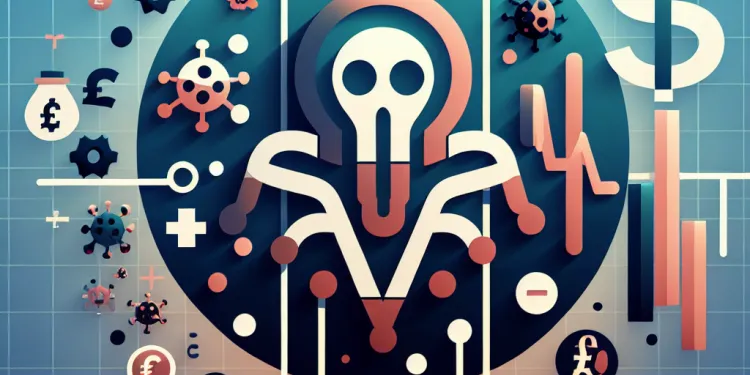
Find Help
More Items From Ergsy search
-
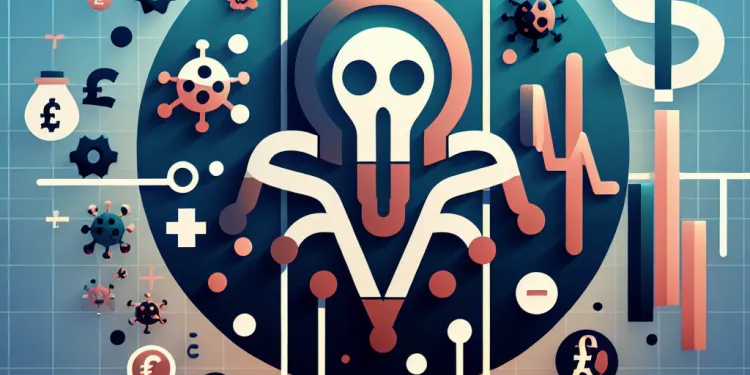
What is the mortality rate of untreated bubonic plague?
Relevance: 100%
-

What is Bubonic Plague?
Relevance: 58%
-

What is the bubonic plague?
Relevance: 58%
-

How can the bubonic plague be treated?
Relevance: 55%
-
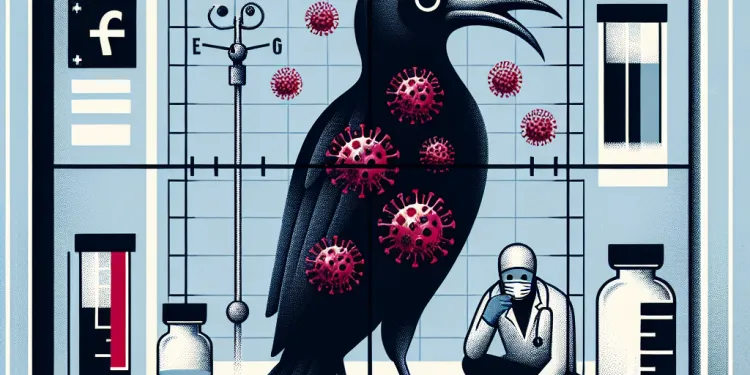
What are the symptoms of the bubonic plague?
Relevance: 51%
-
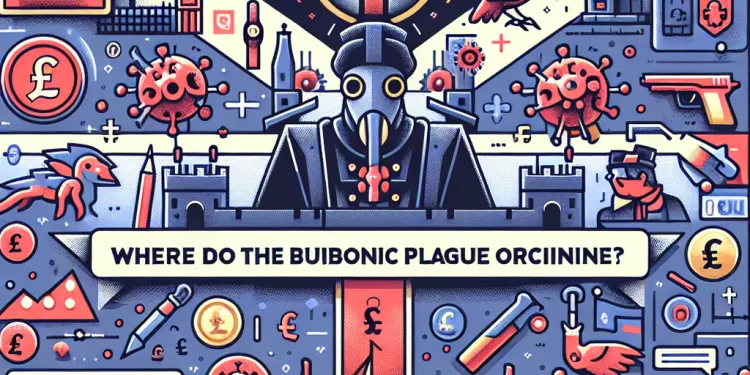
Where did the bubonic plague originate?
Relevance: 51%
-

Are there vaccines for the bubonic plague?
Relevance: 49%
-
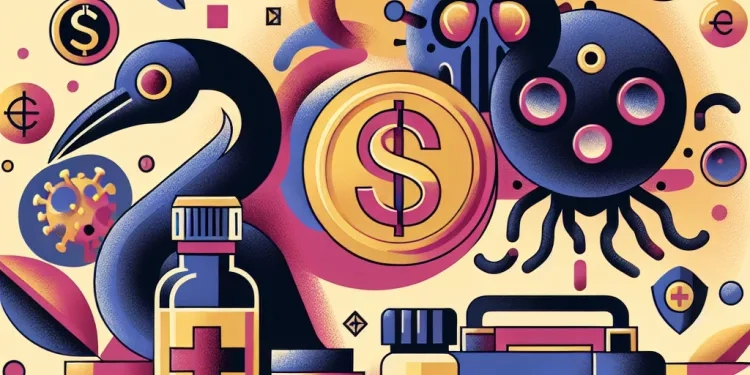
Is the bubonic plague contagious between humans?
Relevance: 49%
-

Did the bubonic plague affect only Europe?
Relevance: 49%
-

How is the bubonic plague transmitted?
Relevance: 48%
-
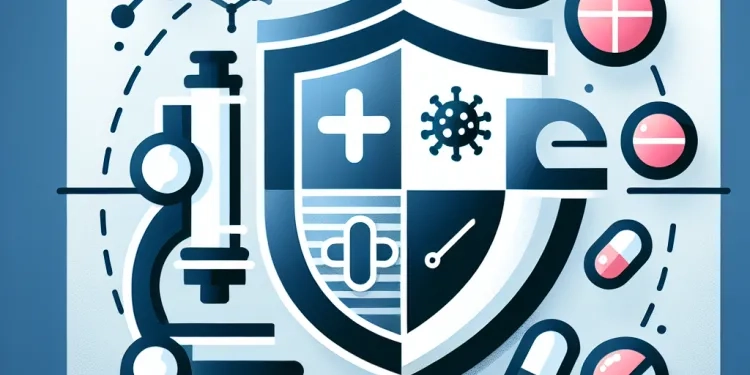
Can the bubonic plague become resistant to antibiotics?
Relevance: 48%
-
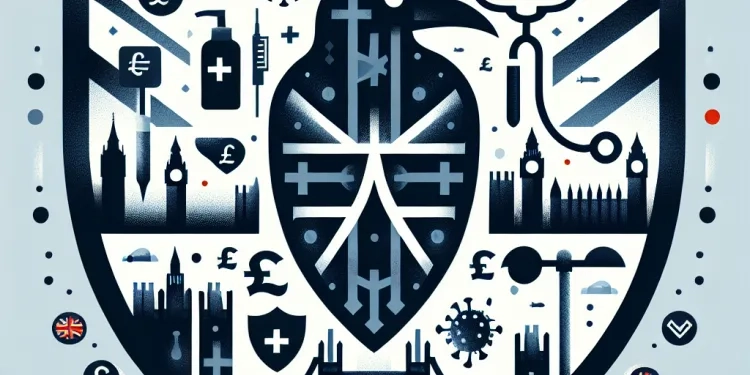
Can the bubonic plague be prevented?
Relevance: 48%
-
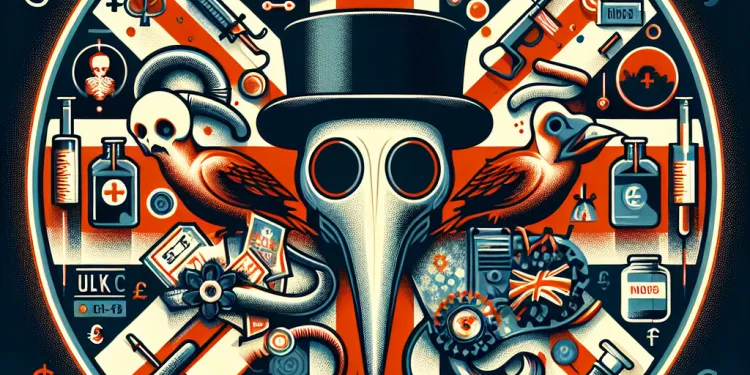
What historical event is the bubonic plague known for?
Relevance: 45%
-

How was the bubonic plague controlled historically?
Relevance: 44%
-
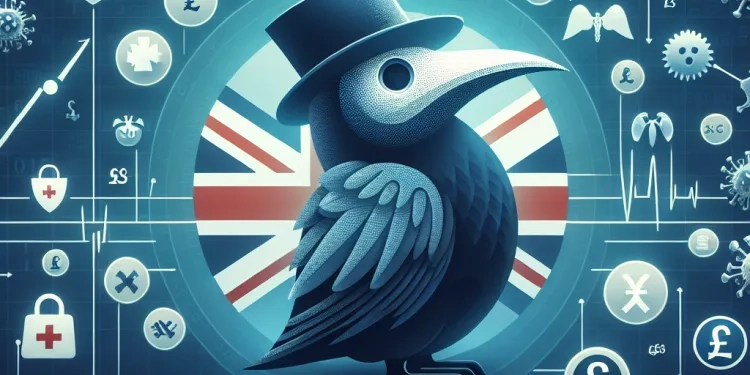
What advancements have been made in understanding the bubonic plague?
Relevance: 43%
-

Are there modern outbreaks of bubonic plague?
Relevance: 38%
-
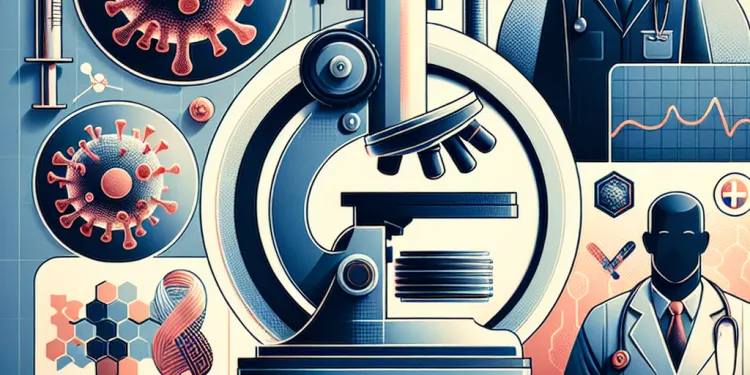
What is the mortality rate of Marburg virus disease?
Relevance: 36%
-

What is the mortality rate of Nipah Virus infection?
Relevance: 36%
-

What animals are natural carriers of the bubonic plague?
Relevance: 31%
-

What is a bubo?
Relevance: 27%
-

What public health measures are important for managing the plague?
Relevance: 23%
-

Are there any risks associated with untreated ADHD?
Relevance: 21%
-
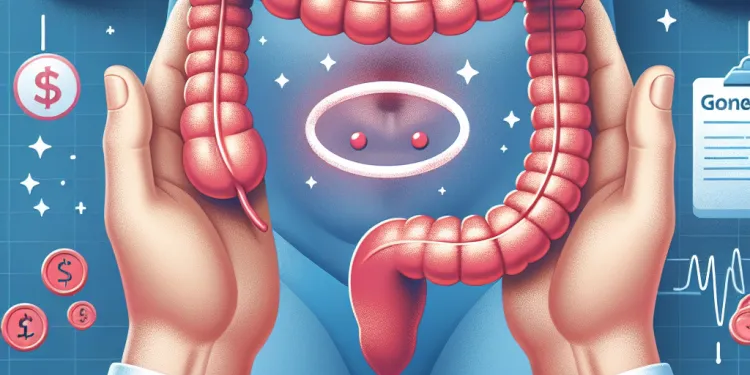
What happens if appendicitis is left untreated?
Relevance: 19%
-
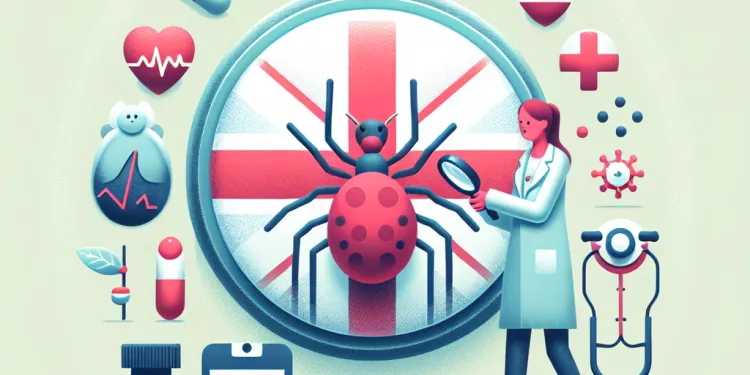
What happens if Lyme disease is left untreated?
Relevance: 19%
-
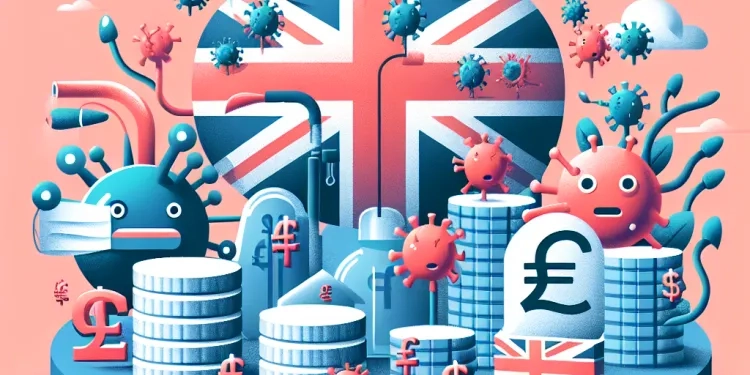
Is the bubonic plague still a global health threat?
Relevance: 18%
-
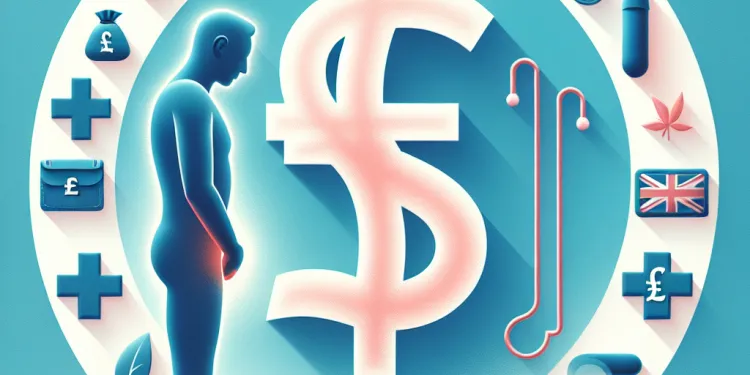
Can gonorrhoea cause complications if left untreated?
Relevance: 15%
-

Are there different rates of Stamp Duty in the UK?
Relevance: 14%
-

Why do interest rates rise and fall?
Relevance: 13%
-

How often do wage rates change in the UK?
Relevance: 13%
-
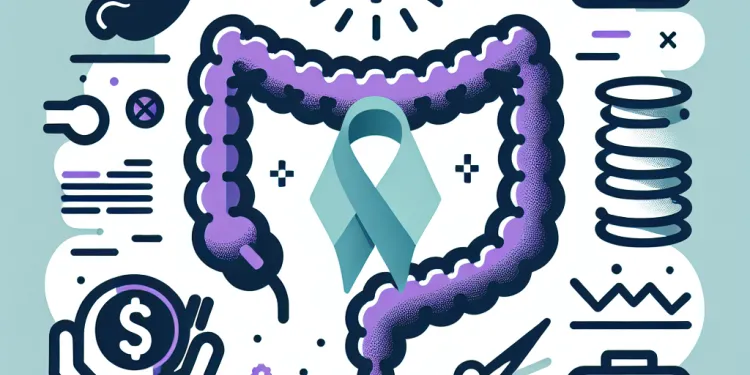
What is the survival rate for bowel cancer?
Relevance: 13%
-

What is the survival rate for testicular cancer?
Relevance: 13%
-

Is there a change in National Insurance rates for 2026?
Relevance: 13%
-

What are the success rates of Paillon treatment?
Relevance: 13%
-

Do insurance rates increase for drivers over 70?
Relevance: 13%
-

Will there be a change in the additional rate threshold in April 2026?
Relevance: 13%
-
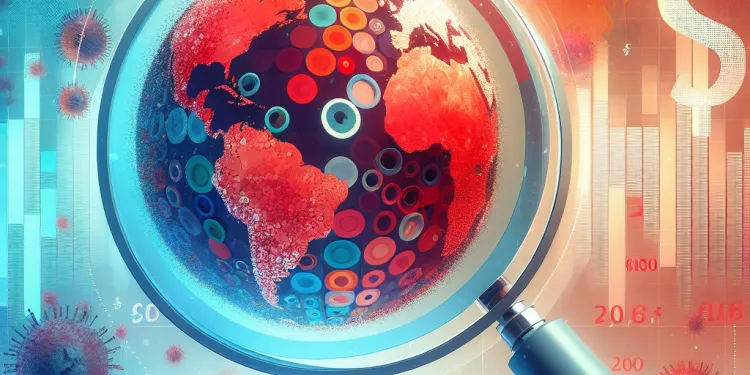
Which countries have higher rates of measles?
Relevance: 12%
-

What happens to my monthly payments if interest rates rise?
Relevance: 12%
-

How do interest rate changes affect my mortgage payments?
Relevance: 12%
-

How do economic conditions influence interest rate changes?
Relevance: 12%
-

Can my lender change my interest rate without notification?
Relevance: 12%
Understanding the Mortality Rate of Untreated Bubonic Plague
The bubonic plague, often referred to historically as the "Black Death," is a highly infectious disease caused by the bacterium Yersinia pestis. Transmitted primarily through the bites of infected fleas, it was responsible for one of the most devastating pandemics in human history during the 14th century. Despite being rare today, the severity of the disease, especially when left untreated, remains a significant concern.
What Is the Bubonic Plague?
The infection primarily affects the lymphatic system, leading to swollen and painful lymph nodes called buboes, which are a hallmark of the disease. Other symptoms can include fever, chills, headache, fatigue, and muscle aches. While modern medicine offers treatments that significantly reduce the fatality rate, understanding the implications of untreated bubonic plague is crucial for comprehending its historical impact and the importance of continued vigilance.
Mortality Rate Without Treatment
Without prompt and effective medical intervention, the bubonic plague can be extremely lethal. Historically, untreated bubonic plague has had a mortality rate ranging from 30% to 60%. This high fatality rate reflects the disease's virulence and the body's severe reaction to the infection. Before the advent of antibiotics, populations had no effective means to combat the spread and lethality of Yersinia pestis, resulting in vast numbers of deaths during outbreaks.
The various factors influencing the mortality rate include the strain of the bacterium, the overall health and nutritional status of the individual, and the existence of any other underlying health conditions. While most patients would succumb to the infection without medical intervention, a percentage could survive through natural resistance or the body's immune response, though this was not common.
Importance of Early Treatment
In the modern era, the development of effective antibiotics, such as streptomycin, doxycycline, or gentamicin, has dramatically reduced the mortality rate associated with the bubonic plague when treated promptly. If administered early, these medications lower the mortality rate to around 10% or less. This underscores the necessity of rapid diagnosis and intervention, as even in contemporary settings, delays in treatment can increase the risk of complications and death.
Conclusion
While the bubonic plague might seem like a historical artifact, its potential to cause significant harm remains if infections are left untreated. The stark contrast between untreated and treated mortality rates highlights the critical role of antibiotics and modern healthcare interventions. Awareness and rapid response are crucial to managing any potential outbreaks and preventing the high mortality rates characteristic of this formidable disease.
Understanding the Bubonic Plague Death Rate Without Treatment
The bubonic plague is a serious sickness. Long ago, people called it the "Black Death." Tiny germs called Yersinia pestis make people very sick. Fleas, little bugs, can spread the germs. In the 14th century, many people died because of this disease. Today, it's not common, but it is still very dangerous if not treated by a doctor.
What Is the Bubonic Plague?
This sickness makes the body’s lymph nodes swell and hurt. These bumps are called buboes. People with the plague also get a fever, chills, headache, feel very tired, and their muscles hurt. Doctors today have medicines to help people get better. Learning about how the plague affects us when we don't get treatment helps us understand why it was so bad in the past and why we need to be careful even today.
Death Rate Without Treatment
If people do not get medicine, the bubonic plague is very dangerous. A long time ago, if people didn’t get help, 3 to 6 out of 10 people died from the plague. This shows how strong the disease can be. Before we had medicine like antibiotics, many people could not fight off the plague, and lots of people died when it spread.
How sick someone gets can depend on different things. It could be the kind of plague germ, how healthy or strong a person is, or if they have other health problems. While some people might get better on their own, most needed help from doctors.
Why Early Treatment Is Important
Today, we have strong medicines like streptomycin, doxycycline, or gentamicin. These medicines help people get better if they take them quickly. With these medicines, only about 1 out of 10 people might die from the plague. This shows why it’s so important to get help fast. Even now, waiting too long to get treated can make people very sick or even lead to death.
Conclusion
Even though the bubonic plague seems like something from the past, it can still make people very sick if not treated. The difference between how many people died in the past without treatment and how many get better now with medicine is big. It shows how important doctors and medicine are. Knowing about the disease and getting help quickly can keep people safe and healthy if the plague comes back.
Frequently Asked Questions
What is the mortality rate of untreated bubonic plague?
The mortality rate of untreated bubonic plague is approximately 50-60%.
How deadly is untreated bubonic plague?
Untreated bubonic plague can be very deadly, with a mortality rate of about 50-60%.
Can bubonic plague be fatal if not treated?
Yes, bubonic plague can be fatal if not treated, with a mortality rate around 50-60%.
What are the chances of survival from bubonic plague without treatment?
The chances of survival from untreated bubonic plague are relatively low, with a 40-50% survival rate.
Why is the mortality rate high for untreated bubonic plague?
The mortality rate is high for untreated bubonic plague due to the aggressive nature of the infection and its ability to spread rapidly in the body.
Does bubonic plague always result in death if untreated?
Not always, but untreated bubonic plague has a high mortality rate, with about half of the cases resulting in death.
Is it possible to recover from bubonic plague without antibiotics?
It is possible, but very unlikely, to recover from bubonic plague without antibiotics, due to its high mortality rate of 50-60% when untreated.
How quickly does bubonic plague lead to death if untreated?
Untreated bubonic plague can lead to death within days due to the rapid progression of the disease.
What percentage of people die from untreated bubonic plague?
Approximately 50-60% of people die from untreated bubonic plague.
Are there any historical records of untreated bubonic plague mortality rates?
Yes, historical records indicate that untreated bubonic plague had a mortality rate of 50-60%.
What factors contribute to the high mortality rate of untreated bubonic plague?
Factors include rapid disease progression, lack of medical intervention, and severe symptoms.
Has the mortality rate of untreated bubonic plague changed over time?
The mortality rate of untreated bubonic plague remains consistent due to the nature of the disease, though modern interventions have reduced overall fatalities.
What is the historical impact of untreated bubonic plague?
Historically, untreated bubonic plague had devastating impacts with high mortality rates, such as during the Black Death.
How does the mortality rate of untreated bubonic plague compare to treated cases?
Treated cases of bubonic plague have a much lower mortality rate, often below 10%, compared to 50-60% when untreated.
Was the bubonic plague always fatal before modern medicine?
While not always fatal, the untreated bubonic plague had a high mortality rate of 50-60% before modern medical interventions.
Is untreated bubonic plague still a concern today?
Untreated bubonic plague is less of a concern today due to available treatment, but it remains dangerous without intervention.
Are there regions where untreated bubonic plague is still a threat?
Yes, certain regions in Africa, Asia, and the Americas still face threats from untreated bubonic plague.
What are the symptoms leading to high mortality in untreated bubonic plague?
Symptoms such as fever, swollen lymph nodes, and septicemia can lead to high mortality if untreated.
How can untreated bubonic plague be prevented from becoming fatal?
Early detection and timely antibiotic treatment are crucial in preventing fatality in bubonic plague cases.
What role do antibiotics play in the mortality of bubonic plague?
Antibiotics significantly reduce the mortality rate of bubonic plague to less than 10% when administered promptly.
How many people die from bubonic plague if they don't get medicine?
If you do not treat bubonic plague, about 50 to 60 out of every 100 people might die.
How dangerous is the bubonic plague if you do not see a doctor?
If you get the bubonic plague and do not see a doctor, it can be very dangerous. The illness can make you very sick, and it can even be life-threatening.
If you feel sick, it is important to tell an adult and go to the doctor. Medicine can help make you better.
Tools that can help:
- Ask someone to help you read and understand this information.
- Use picture books about illness to learn more.
- Watch videos that explain what to do if you feel unwell.
If someone has bubonic plague and does not get help, it can be very dangerous. About 5 or 6 out of every 10 people with this illness might die.
Can people die from bubonic plague if it is not treated?
If someone with bubonic plague does not get medicine, they can get very sick. It can be very dangerous.
To help understand this better, try using pictures or talking to someone who knows about it. You can also ask a doctor or nurse. They can explain it in a simple way.
Yes, bubonic plague can be very dangerous. If you do not get treatment, about 5 or 6 out of 10 people may die from it.
Can you survive bubonic plague without medicine?
Without any treatment, not many people survive the bubonic plague. About 4 or 5 people out of 10 might survive. This means it can be very dangerous.
For help in understanding and reading, you can use tools like text-to-speech apps. These apps can read out words for you.
Why do many people die from bubonic plague if not treated?
Bubonic plague is a very bad illness. It is caused by germs. If you get sick, it is very important to see a doctor.
If you do not get help, the illness can make you very sick. It can even cause death.
Doctors have medicine that can help you get better. This is why seeing a doctor quickly is very important.
To help understand better, you can:
- Ask someone to read with you.
- Use pictures or videos to learn more.
- Look for easy-to-read books or websites.
Bubonic plague is very dangerous if not treated. It can make you really sick very fast.
Does bubonic plague always cause death if not treated?
Bubonic plague is a disease.
If someone gets this disease and they do not get help from a doctor, they can get very sick.
But, it does not always cause death without treatment.
It is important to see a doctor quickly if someone feels sick.
Doctors can give medicine to help people get better.
Here are some things you can do if you need help with reading:
- Ask someone to read with you.
- Use apps that read text out loud.
- Take breaks if things feel too hard.
No, not always. But if the bubonic plague is not treated, many people can die from it. About half of the people who get it might die.
Can you get better from the bubonic plague without medicine?
The bubonic plague is a sickness. People usually take medicine called antibiotics to get better.
Sometimes, a person might get better without antibiotics. But this is very rare.
It is important to see a doctor quickly if you think you have the plague.
Using a picture book or watching a video can help you understand more about the plague.
You can get better from the bubonic plague without medicine, but it is very rare. Most of the time, if people do not get treated, 50-60 out of 100 people die from it.
It’s important to see a doctor quickly and get help. Medicines called antibiotics can help you get better.
How fast can someone die from bubonic plague if they don't get help?
If bubonic plague is not treated, it can make you very sick very quickly, and it can cause death in just a few days.
How many people die from bubonic plague if they don't get help?
About half of the people who do not get medicine for the bubonic plague will die.
Do old records show how many people died from bubonic plague with no treatment?
Yes, history tells us that if people did not get medicine for the bubonic plague, about 50 to 60 out of every 100 people would die.
Why do many people die from bubonic plague if it is not treated?
Many people can die from a sickness called bubonic plague if they don't get help from a doctor.
- The sickness is very strong and spreads fast.
- Bacteria, which are tiny germs, cause this sickness.
- If you don't treat it, the body can't fight the germs well.
- It can make your body very sick, very quickly.
If you think you have this sickness, it's important to see a doctor fast. The doctor can give medicines to help.
It might help to use pictures or videos to understand more. Ask someone you trust to explain this to you if you need help.
There are a few reasons why someone might get sick very quickly. It could be because the illness is getting worse fast, there isn't any medicine being given to help, or the symptoms are really strong and serious.
Has the death rate from bubonic plague changed if it is not treated?
Bubonic plague is a serious illness. If people don’t get medicine, it can be very dangerous. We want to know if more or fewer people die from it now without medicine compared to the past.
If you find it hard to read this, you can:
- Ask someone to read it with you.
- Use a screen reader to listen to the text.
- Break the question into smaller parts and read slowly.
If someone gets bubonic plague and does not get medicine, it is still very dangerous. But today, doctors have ways to help people, so not as many people die from it.
What happened in history because of the bubonic plague?
The bubonic plague is a very bad sickness.
Long ago, many people got sick and died from it.
This changed history in many ways.
Tools to help:
- Look at pictures or videos about the bubonic plague.
- Ask someone to explain it with simple words.
- Listen to a story about this time in history.
In the past, the bubonic plague was very dangerous and killed many people. A long time ago, there was an event called the Black Death where it was very bad because the sick people didn't get treatment.
What happens if you don't treat bubonic plague compared to if you do?
If people get help for bubonic plague, most of them get better. Only 10 out of 100 people might still be very sick. If they don't get help, 50 to 60 out of 100 people might be very sick or even die.
Did everyone die from the bubonic plague before we had modern medicine?
The bubonic plague is a serious sickness.
If people did not get help, many would die. About 50-60 out of every 100 people would not get better.
Today, doctors can help people better, so more people can survive.
If reading is hard, try using a ruler or your finger to follow the words. Audiobooks can also be a good way to listen to stories!
Is bubonic plague still a worry today if not treated?
The bubonic plague is not as scary today because we have medicine to help. But if someone does not go to the doctor, it can still be very dangerous.
Is bubonic plague still a problem in some places?
Bubonic plague is a very old disease. It can still make people sick in some parts of the world.
If bubonic plague is not treated, it can be dangerous.
To stay safe, doctors can help by giving medicine.
Using maps can help find out where the plague happens.
Reading with a helper or using a dictionary can also be useful.
Yes, some places in Africa, Asia, and the Americas still have dangers from bubonic plague that is not treated.
If you want to understand more, you can use reading tools like audiobooks or ask someone to read it to you. Drawing pictures can also help you remember information.
What are the signs that show bubonic plague can be very dangerous if not treated?
These signs, like a high temperature, lumps in your neck or underarms, and a serious illness in your blood, can be very dangerous if you don't get help from a doctor.
If reading is hard, you can ask someone to read it to you. You can also use a computer or phone that can read the words out loud for you.
How can we stop bubonic plague from being deadly if it isn't treated?
It is very important to find bubonic plague early and get medicine quickly. This can help save lives.
How do antibiotics help with the bubonic plague?
When people take antibiotics quickly, they can save many lives from the bubonic plague. Less than 10% of people with the plague die if they get help fast.
Useful Links
- Ergsy carfully checks the information in the videos we provide here.
- Videos shown by Youtube after a video has completed, have NOT been reviewed by ERGSY.
- To view, click the arrow in centre of video.
- Most of the videos you find here will have subtitles and/or closed captions available.
- You may need to turn these on, and choose your preferred language.
- Go to the video you'd like to watch.
- If closed captions (CC) are available, settings will be visible on the bottom right of the video player.
- To turn on Captions, click settings .
- To turn off Captions, click settings again.
More Items From Ergsy search
-

What is the mortality rate of untreated bubonic plague?
Relevance: 100%
-

What is Bubonic Plague?
Relevance: 58%
-

What is the bubonic plague?
Relevance: 58%
-

How can the bubonic plague be treated?
Relevance: 55%
-

What are the symptoms of the bubonic plague?
Relevance: 51%
-

Where did the bubonic plague originate?
Relevance: 51%
-

Are there vaccines for the bubonic plague?
Relevance: 49%
-

Is the bubonic plague contagious between humans?
Relevance: 49%
-

Did the bubonic plague affect only Europe?
Relevance: 49%
-

How is the bubonic plague transmitted?
Relevance: 48%
-

Can the bubonic plague become resistant to antibiotics?
Relevance: 48%
-

Can the bubonic plague be prevented?
Relevance: 48%
-

What historical event is the bubonic plague known for?
Relevance: 45%
-

How was the bubonic plague controlled historically?
Relevance: 44%
-

What advancements have been made in understanding the bubonic plague?
Relevance: 43%
-

Are there modern outbreaks of bubonic plague?
Relevance: 38%
-

What is the mortality rate of Marburg virus disease?
Relevance: 36%
-

What is the mortality rate of Nipah Virus infection?
Relevance: 36%
-

What animals are natural carriers of the bubonic plague?
Relevance: 31%
-

What is a bubo?
Relevance: 27%
-

What public health measures are important for managing the plague?
Relevance: 23%
-

Are there any risks associated with untreated ADHD?
Relevance: 21%
-

What happens if appendicitis is left untreated?
Relevance: 19%
-

What happens if Lyme disease is left untreated?
Relevance: 19%
-

Is the bubonic plague still a global health threat?
Relevance: 18%
-

Can gonorrhoea cause complications if left untreated?
Relevance: 15%
-

Are there different rates of Stamp Duty in the UK?
Relevance: 14%
-

Why do interest rates rise and fall?
Relevance: 13%
-

How often do wage rates change in the UK?
Relevance: 13%
-

What is the survival rate for bowel cancer?
Relevance: 13%
-

What is the survival rate for testicular cancer?
Relevance: 13%
-

Is there a change in National Insurance rates for 2026?
Relevance: 13%
-

What are the success rates of Paillon treatment?
Relevance: 13%
-

Do insurance rates increase for drivers over 70?
Relevance: 13%
-

Will there be a change in the additional rate threshold in April 2026?
Relevance: 13%
-

Which countries have higher rates of measles?
Relevance: 12%
-

What happens to my monthly payments if interest rates rise?
Relevance: 12%
-

How do interest rate changes affect my mortgage payments?
Relevance: 12%
-

How do economic conditions influence interest rate changes?
Relevance: 12%
-

Can my lender change my interest rate without notification?
Relevance: 12%


